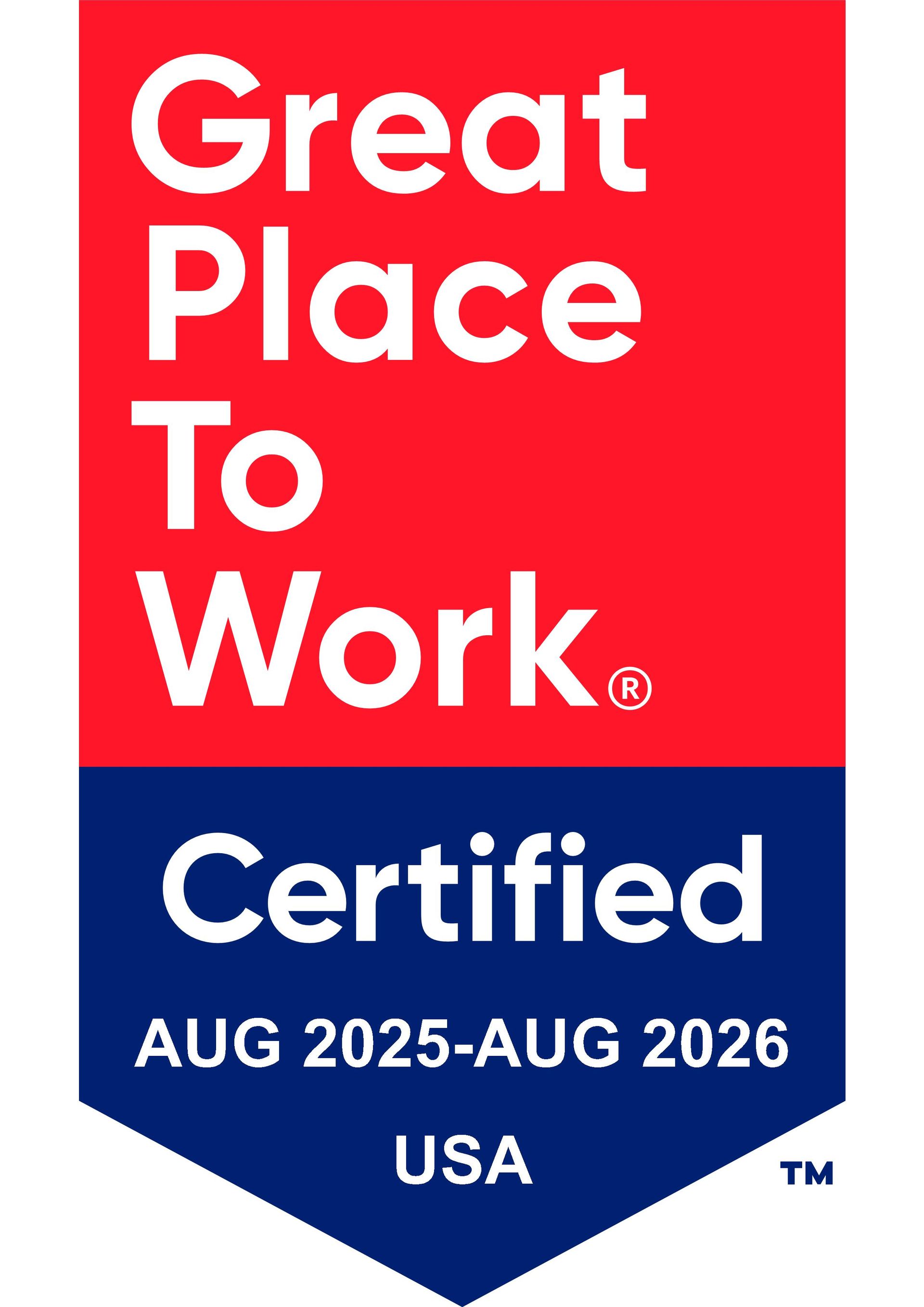
How to Elevate Open Enrollment Communication
27 September 2022

U.S. employers spend nearly 40% of payroll on benefits, per the Society of Human Resource Management (SHRM), prompting employers to want to ensure that the benefits they offer are properly and fully utilized. With such a high cost, employers must find ways to optimize their benefits package value.
Benefits are also a vital part of companies attracting and retaining top talent. A recent study indicated that 23% of employees left their jobs in 2021 to search for a new role due to poor benefits options.
Further, 42% of those that found a new job said it provided better benefits than their previous one.
As employers find ways to maximize their benefits package value and attract and retain talent in a competitive job market, organizations need to strategically approach benefits enrollment with the goal of maximizing access, utilization, and enrollment. As a result, it’s no longer just about offering the best benefits options but also about finding ways to make open enrollment season more successful.
Developing tools and techniques to ensure employees make the best choices when selecting healthcare benefits is vital to a successful open enrollment strategy. Here are some considerations to keep employees engaged during benefits open enrollment.
Combine Self-Service with One-on-One Sessions
Several employers have moved their benefits open enrollment to a self-service enrollment online, where employees enroll themselves in their healthcare and benefits plan choices. This approach is understandable to promote flexibility and convenience.
However, with the increasingly complex employee benefits landscape, an open enrollment season that is fully online runs the risk of employees selecting the wrong plans that can leave them under or over-insured. Being under or over-insured, and especially underinsured, can lead to problems when the employee needs more benefits than they have access to. It also impacts employers when employees are under or over-insured due to benefits not being utilized for maximum cost efficiencies.
Instead of only offering self-service benefits enrollment, employers should offer both self-service and one-on-one options. Employees should have the opportunity to meet one-on-one with an enrollment specialist so they can ensure the plans they choose to make the most sense for their circumstances.
There are two main reasons why this approach can be helpful:
• More information to capture unique scenarios
• Provide information in the now
More Information to Capture Unique Scenarios
Online benefits tools aren’t capable of capturing all of the scenarios your employees might deal with. It’s critical for employees to evaluate the health plan options available to them since no one individual has the exact same situation. Chronic health issues, prescription usage, the number of dependents, family planning, and budget are examples of variables that impact healthcare decision-making.
Benefits calculators and decision tools are a great place to start to evaluate roughly how much an employee or an employee’s family can expect to pay for healthcare and medical expenses in a given year. Though since such tools cannot take every situation into account, solely trusting them for decision-making can leave one underinsured.
If benefits and HR teams take the time to educate each employee about the different plans available to them, they can help them select the best plan for their personal needs and the needs of their families. With this approach, employees can feel more confident about their selection, and this can lead to better utilization of plans for both the employee and employer.
Provide Information in the Now
Selecting a medical plan is a challenging task for many. The several options presented and the differences between each plan can cause a sense of confusion for employees. What adds to the confusion is the employee’s inability to get answers to their questions at the moment they have them—in real-time.
One study showed that just 28% of employers offered one-on-one conversations for employees with HR during open enrollment so they could ask their questions. Also, just 30% of employees indicated they got answers about their health insurance processes from an HR team member. Employees tend to have questions about their healthcare benefits at the moment they’re reviewing their options.
Offering one-on-one sessions with employees allows them to get the answers they need in real-time. They also have a point of contact to ask questions when they come up later. With such sessions, medical plan selections can become less frustrating and confusing. Employees are also empowered to make educated choices to best support themselves and their families. Another benefit is that the HR representative might raise questions the employee hadn’t considered, so they can take additional factors into consideration.
Offer Meeting Options that Allow for Flexibility
Offer employees several options for open enrollment support. Telephonic, in-person, and virtual open enrollment are all viable options. Offering different options like these meet a variety of employees’ need to help reduce the stress that comes with making healthcare choices and meeting the open enrollment deadline.
Employees should also be given the option to schedule for a time that is suitable for them—an online scheduling system can help HR teams administer the scheduling process.
Provide a Personal Touch
In the digital age, employers sometimes mistakenly think that employees prefer to handle tasks like open enrollment by themselves online. However, that’s not always true. Employees frequently prefer a personal touch from their employers. This is especially true for important tasks, like selecting the right benefits plans—speaking to someone one-on-one is preferred over having to go it alone.
It’s also true that with the current hybrid and geographically diverse work environments, many employers feel they need to move everything online, including benefits open enrollment, thought that need not be the case, nor is it the wisest approach if you want to remain engaged with and meet the needs of your employees.
In recently published research, for example, just 12% of employees said they preferred self-service open enrollment options. It’s true that some self-service open enrollment options can connect you to a real person if needed, but it’s still not the same as having the option to connect with someone in the workplace to discuss benefits. The first line of contact should be the option for employees to speak with an HR or appropriate representative within the organization. Showing up for employees with a personal touch supports employees being appreciative of and loyal to the organization.
Since each employee’s needs are different, some choose ancillary benefits, whereas others don’t. Also, an employee’s needs will change over time. As employees contend with the ongoing shifts in their personal and work lives and the needs that come with them, third-party resources, and benefits educators could prove beneficial and add another personal touch for employees. Educators can share details about ancillary plans and also assess and support how such plans can work with standard benefits plans and fill in gaps that standard plans don’t.
Offer Consistency
Consistent messaging about benefits and benefit open enrollment is important so all employees receive the same information in a timely matter. Also, being consistent during employee one-on-one scheduling and discussions will help employees better understand their options to make the best choices.
Consider Factors that Influence Benefits Communication
When developing a communications strategy, including your open enrollment communication plan, it’s important to consider all the factors that influence that strategy. Factors that impact open enrollment communications include:
• Benefits Plan Changes
• Company Demographics
• Employee Schedules
• Existing Communication Channels
• Geographic Location
• Internal Resource Availability
• Life Stages
• New Hires
• Staffing Changes
• Technology
• Terminations
Common Pitfalls to Avoid
In developing an open enrollment communications strategy, there are a few pitfalls employers should avoid.
• Don’t be too general. Describe pertinent details about benefits and benefits changes thoroughly. And as previously mentioned, a personalized approach is best when helping individuals select their benefit plans.
• Don’t leave employees to go it alone. The point at the heart of this piece is to offer employees more than just self-service support when selecting benefits. Also, offer different avenues where employees can get one-on-one support that works with their schedules.
• Don’t under-communicate. It’s better to over-communicate vs. under-communicate about open enrollment. Use different mediums—email, flyers, posters, company website—to communicate about open enrollment and open enrollment sessions, and be sure to communicate about it frequently.
• Don’t go it alone as an organization. If you lack the resources to support an effective open enrollment communication strategy and support, consider working with your benefits plan administrators and employee benefits broker for support.
Employers Should Take the Lead
It still makes sense to offer self-service enrollment options to employees, and some might prefer it. It’s best, though, to offer open and flexible communication options so your employees can meet with your benefits and HR teams to talk one-on-one about their benefits and benefits choices. Such communication supports a proactive approach to employees making the wisest choices possible.
Employees are able to ask questions and receive answers in real-time, feel supported, have flexibility in scheduling to meet, and more. And a personal touch to the open enrollment process supports a more successful open enrollment period for both the employee and the employer.
Finally, for employees to receive consistent, accurate, and timely information about benefits open enrollment and their plan choices, HR and benefits teams must take the lead to start the conversation with the organization’s employees.



